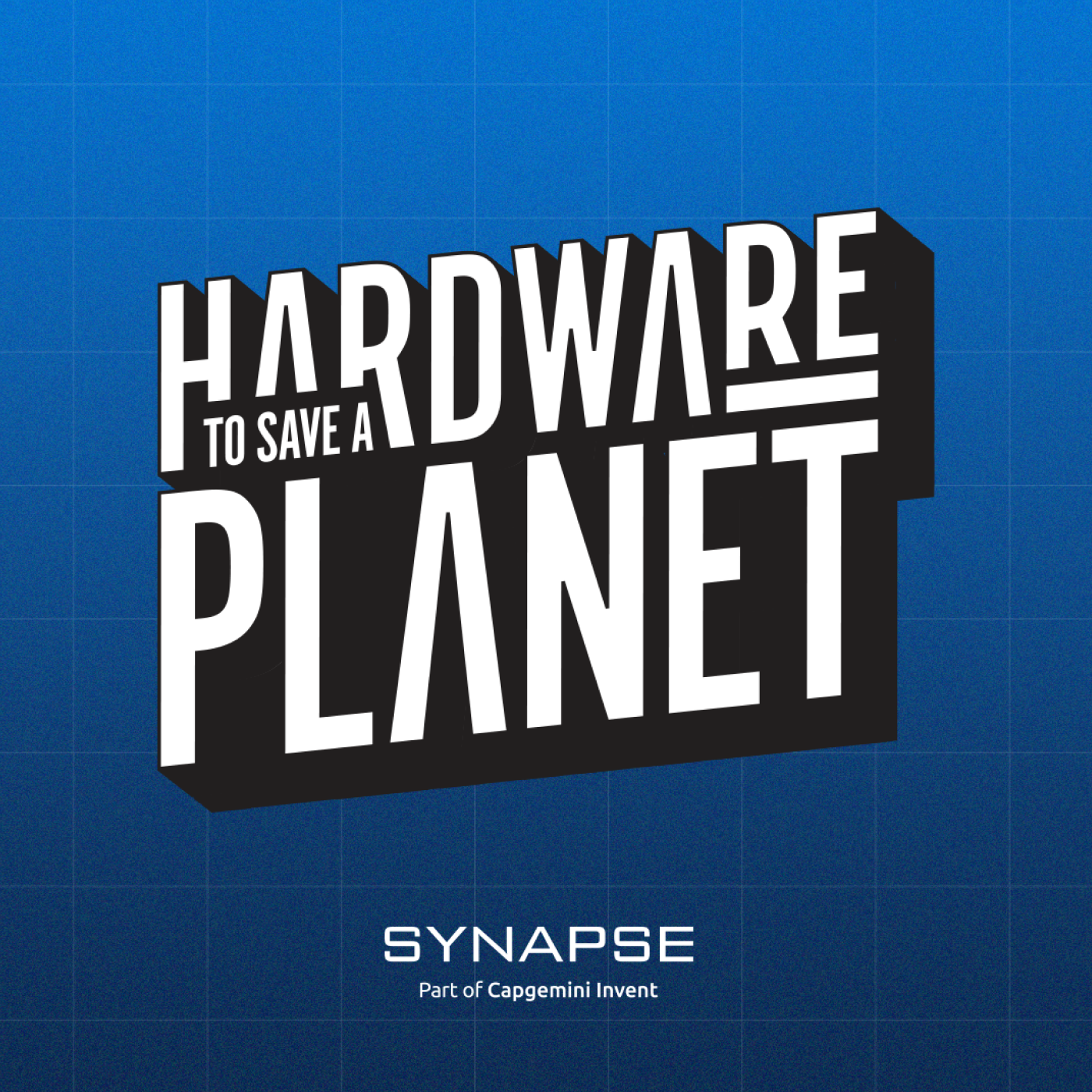Cooling Earth by Using Mirrors to Reflect Sunlight with Dr. Ye Tao, Founder and Executive Director of MEER
July 18, 2024

Welcome to this special episode of Hardware to Save a Planet. Joining us today is Dr. Ye Tao, Founder and Executive Director of MEER, a company that uses mirrors at scale to reflect sunlight and mitigate the impact of global warming.
Join us as we discuss the innovative concept of MEER and its potential to combat climate change. Dr. Tao shares his insights on the urgent need for sustainable solutions and how MEER can help transition civilization toward a more sustainable future. We delve into the fascinating world of nanoparticle research and the possibilities of dimensional reduction. Discover the limitations of renewable energy and the importance of energy ROI. Dr. Tao also explores the exciting applications of mirrors in controlling sunlight and optimizing temperature reduction.
Welcome to this special episode of Hardware to Save a Planet. Joining us today is Dr. Ye Tao, Founder and Executive Director of MEER, a company that uses mirrors at scale to reflect sunlight and mitigate the impact of global warming.
Join us as we discuss the innovative concept of MEER and its potential to combat climate change. Dr. Tao shares his insights on the urgent need for sustainable solutions and how MEER can help transition civilization toward a more sustainable future. We delve into the fascinating world of nanoparticle research and the possibilities of dimensional reduction. Discover the limitations of renewable energy and the importance of energy ROI. Dr. Tao also explores the exciting applications of mirrors in controlling sunlight and optimizing temperature reduction.
Dr. Tao has a multidisciplinary background in physics, chemistry, engineering, and material science, which is uncommon among today's scientists. He received a doctorate from the Department of Chemistry at MIT in 2015 and completed the research requirements for a doctorate in Physics at ETH Zurich.
Episode Resource
- Dr. Ye Tao Bio
- MEER Website
- Dylan Garrett on LinkedIn
- Synapse Website
- Hardware to Save a Planet Apple Podcasts
- Hardware to Save a Planet Spotify
Rate & Review Hardware to Save a Planet:
Hardware to Save a Planet is handcrafted by our friends over at: fame.so
If you are interested in sponsoring Hardware to Save a Planet, please see our sponsorship offer here.
Previous guests include: Peter Reinhardt of Charm Industrial, Carlos Araque of Quaise, Noah McQueen of Heirloom, Areeb Malik of Glacier, Jeff Satwicz of Bigbelly, Abe Schneider of Natel Energy, Insiya Jafferjee of Shellworks, Paul Gross of Remora, Erika Boeing of Accelerate Wind and Daniel Betts of Blue Frontier.
Check out our three most downloaded episodes:
If you are interested in sponsoring Hardware to Save a Planet, please see our sponsorship offer here.
Previous guests include: Peter Reinhardt of Charm Industrial, Carlos Araque of Quaise, Noah McQueen of Heirloom, Areeb Malik of Glacier, Jeff Satwicz of Bigbelly, Abe Schneider of Natel Energy, Insiya Jafferjee of Shellworks, Paul Gross of Remora, Erika Boeing of Accelerate Wind and Daniel Betts of Blue Frontier.
Check out our three most downloaded episodes:
- Going Big on Clean Energy with Small Fusion Reactors with Robin Langtry, Co-Founder and CEO of Avalanche Energy
- The Role of Energy Storage Systems in Combating Climate Change with Mike Wietecki of Powin and John Thomas of ESS
- Marine Electrification to Reduce Costs and Environmental Damage: A Conversation with Marcelino Alvarez, CEO of Photon Marine
If you have an interesting hardware solution to the climate crisis and would like the opportunity to share this with our audience, please complete this Guest Application form: https://fame.so/syn